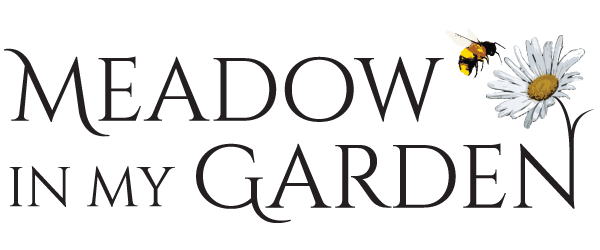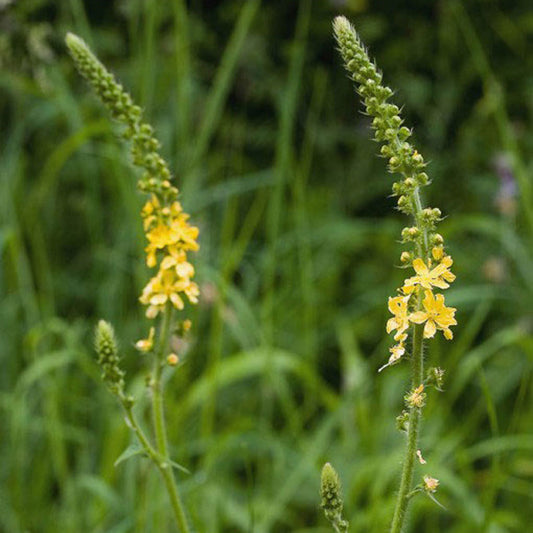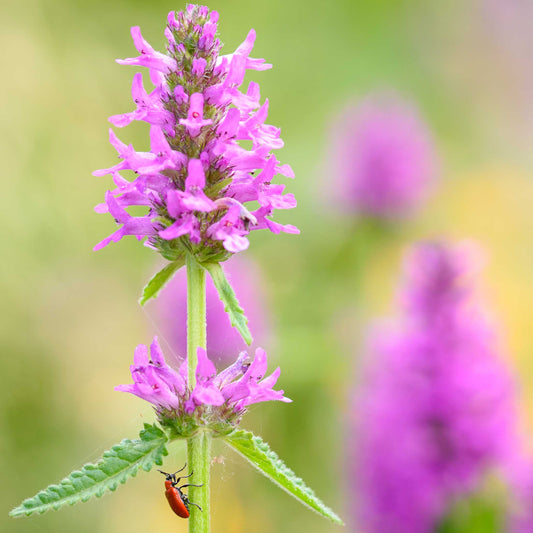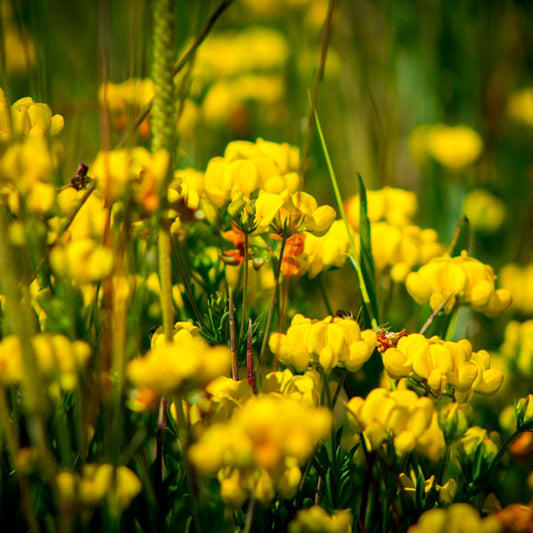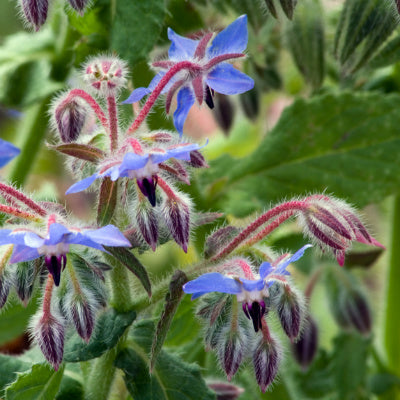The right seeds for your project
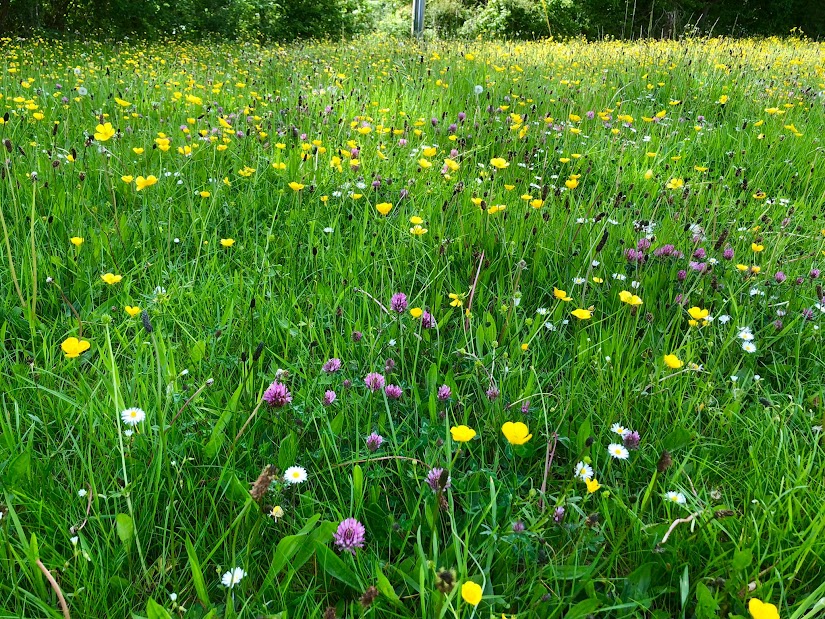
There are several factors to consider when choosing the right seeds for a project. As a rule of thumb we would always recommend that you start by taking stock of what's growing there already, before you make any changes. What's the soil like? Stony and dry, clay or loam? Is it sunny or shady? If nothing thrives in a particular spot then that may be a clue that it's a hostile environment to plants, perhaps too dry and shaded. You'll have a better chance of success with your seeds having given some thought to the location.
If you can observe a variety of species, emerging through the year, then you could adopt a more subtle approach to tend and enhance what already exists. A change in mowing regime can allow flowers to bloom and you can add individual species or mixes of native wild flowers, choosing those that are a good fit for the location.
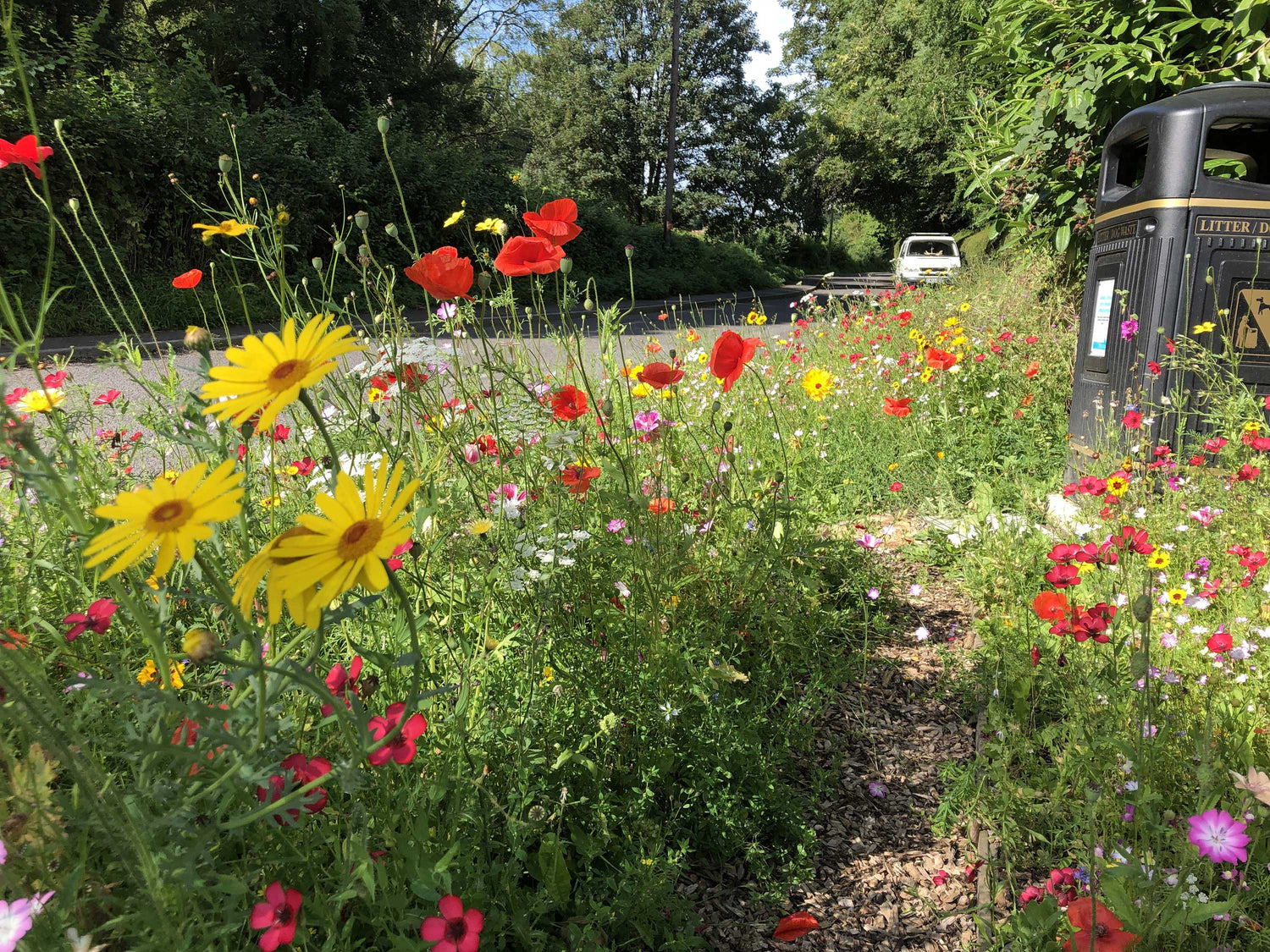
Some spaces, such as this verge in the centre of a village, needed a fresh start. It had been a sorry patch of grass and dirt, compacted and gravelly where cars had been parking and with very little plant diversity.
This verge was thoroughly cleared and dug over, before sowing a beautiful flowerbed meadow, a mix called Every Kind of Soil, that would serve both people and pollinators. Since then it has become a focal point and is evolving with volunteers adding more perennials, bulbs and ornamental grasses each year.
Flowerbed meadows, as the name suggests, need to be sown into a cleared bed of soil. This may entail removing turf (small areas can be tackled with a spade or for larger areas we hire a turf-stripper). Or you could repurpose an existing flower or vegetable bed, clearing it of weeds and their roots and giving it a light digging over.
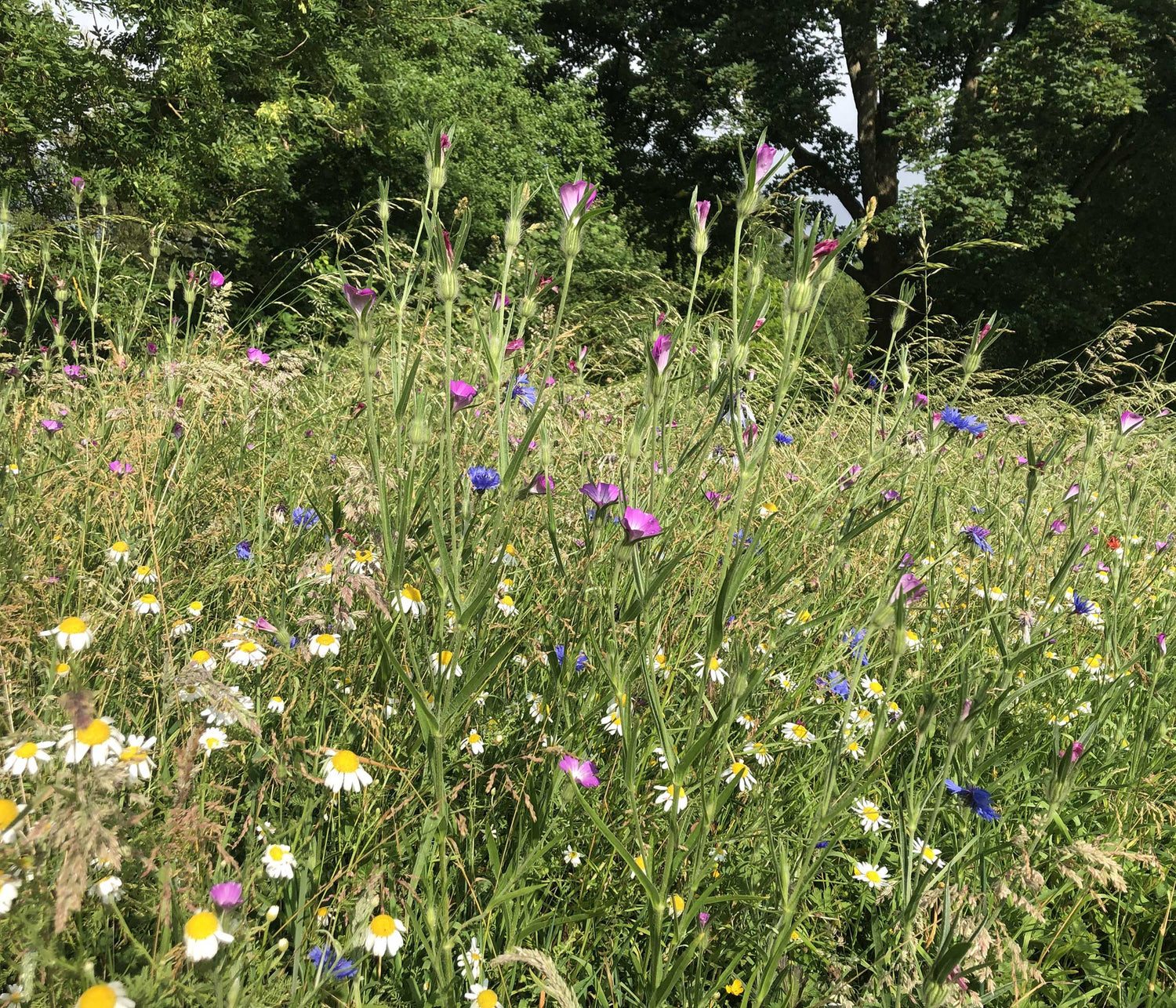
When restoring a native meadow, the grass doesn't need to be completely removed but it is advisable to scarify it very thoroughly. For small areas hand tools will suffice but for larger areas a petrol scarifier is very effective. This removes thatch and uproots some of the grass, making space for new seeds to germinate and grow. Yellow rattle can be sown into grassland in the autumn; an annual flower that reduces some of the vigour of the grass by stealing nutrients from its roots, thereby giving the other wildflowers some space and light to flourish.
We never, EVER poison the existing vegetation in order to sow our flower mixes. The foundation to a healthy ecosystem is in the soil. What we see on the surface is a reflection of the compex web of life that exists beneath. Sprays may seem to offer a quick solution and give short term results but there is always a cost to pay in the long run, degrading the soil structure and causing potential harm to wildlife and to our own health.
Video
We have a gorgeous selection of individual species, both wildflowers and cottage garden favourites.
-
Birds-foot Trefoil
Regular price £3.00Regular priceUnit price / per
